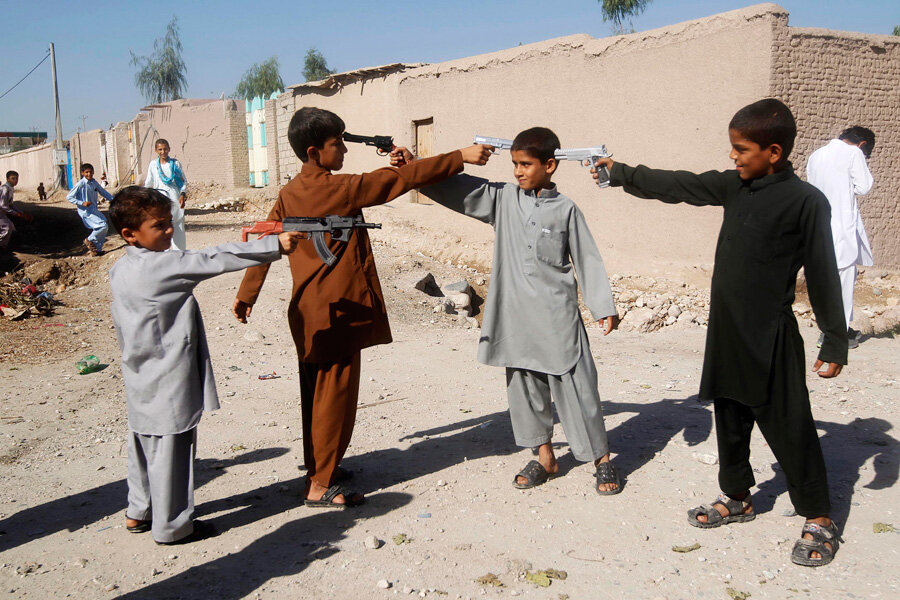Banning toy guns in Afghanistan: Will it curb a culture of violence?
Loading...
In Afghanistan, children often buy toy guns with the pocket money they receive during Eid al-Fitr, the festival marking the end of Ramadan. But that could soon change.
After toy guns caused eye injuries among more than 100 children and teens during Eid al-Fitr in Afghanistan, the country’s interior ministry banned the sale of toy guns.
"Interior minister Noor-ul Haq Uloomi has ordered police to confiscate all toy guns which can lead to physical and psychological damage," a ministry statement announced Tuesday.
The interior ministry says the decision is in line with "security measures." The move has been endorsed by some users on social media.
Some had even started encouraging families not to buy toy guns for their children, days before the ministry set a ban.
Others found the move pointless, as long as real guns are around.
In the wake of Afghanistan’s decision, some users pointed at the popularity of toy guns in Pakistan as well.
In fact, one city in Pakistan had already banned toy guns – temporarily – before Afghanistan's move. In early July, the city of Peshawar established a one-month ban on the popular toys.
"The basic purpose behind the ban on the sale of toy guns is to discourage growing trend of arms and violence among the children," Deputy Police Commissioner Riaz Khan Mahsud told NBC News in early July.
Some believe playing with toy guns exposes the children to the culture of violence.
"When children use toy guns in childhood, they don't hesitate using the real arms when grow up," Azra Nafees, a social and peace worker in Pakistan, told NBC News.
Some parents in the US have the same concerns.
Jordan Fisch, a former kindergarten teacher who lives in Carmer, told USA Today in 2012 that she does not want her son to glorify shooting. "It just glorifies the hurting and the killing. He's so innocent, and you might as well protect that as long as you can."
Others disagree. "Guns aren't the problem, people are," said Anne Lewis, mother of 10 children, to USA Today. "If you teach your children a respect for life and others, then guns are only toys to kids at this age."
No link has ever been established proving that playing with toy guns breeds aggression. But in Afghanistan, concern over eye injuries has been enough to move the government to action.






